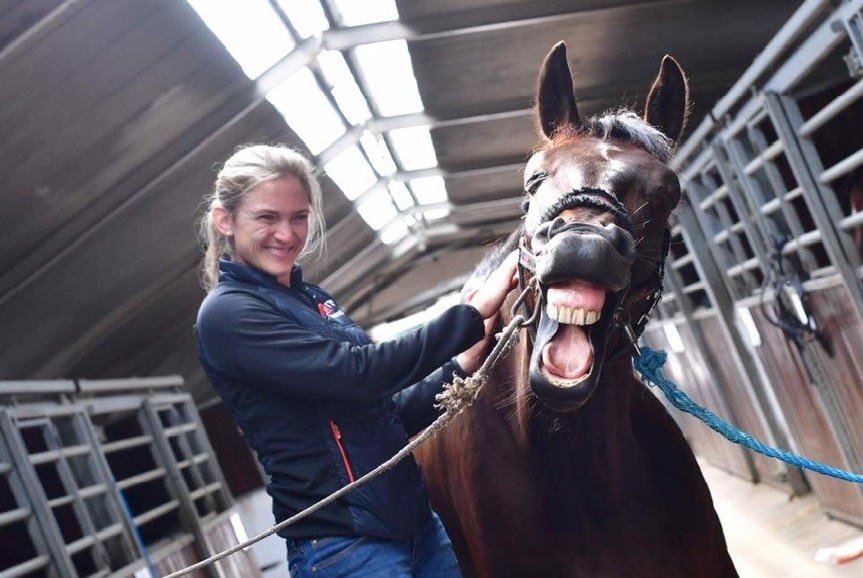The Power of Equine Therapy for Anxiousness, PTSD, and Emotional Recovery
The Power of Equine Therapy for Anxiousness, PTSD, and Emotional Recovery
Blog Article
Evaluating the Effectiveness of Laser Therapy in Horse Therapy for Injury Rehab
The examination of laser treatment's performance in equine injury recovery hinges on multiple factors, including healing time, pain mitigation, and tissue regrowth. Vets often observe premium end results with laser therapy contrasted to conventional methods, placing it as an essential aspect in equine treatment.
Understanding Laser Therapy
Laser treatment has actually ended up being a crucial device in vet medication, especially in the therapy of equine problems. Recognized for its non-invasive nature and efficacy, laser therapy entails the application of particular wavelengths of light to boost cells repair service and lower inflammation. This healing technique is progressively preferred for its ability to increase the recovery process in horses dealing with a selection of musculoskeletal injuries and chronic conditions.
The main system behind laser treatment is its capability to improve cellular features. In addition, laser treatment advertises vasodilation, boosting blood flow and oxygen delivery to broken cells, thus speeding up recuperation.
In equine medication, laser treatment is specifically advantageous for conditions such as tendonitis, osteo arthritis, and wound recovery. The strategy is admired for its pain-relieving residential properties, enabling horses to restore mobility and function much more swiftly. Vets additionally appreciate its marginal side results compared to various other therapy techniques, making it a reliable and risk-free alternative for equine treatment.

How Laser Therapy Functions

Upon absorption, these photons set off a series of biochemical modifications, enhancing mitochondrial feature and resulting in boosted adenosine triphosphate (ATP) manufacturing. This increase in ATP increases mobile metabolism, advertising cells repair work and regrowth. In addition, laser treatment regulates inflammatory reactions by influencing cytokine levels and reducing oxidative stress, thereby alleviating pain and swelling.
An additional substantial element of laser therapy is its function in improving microcirculation. The treatment promotes vasodilation, enhancing blood flow and oxygen shipment to broken tissues (Equine Therapy). This promotes the elimination of cellular debris and supports the proliferation of fibroblasts and collagen synthesis, vital for injury healing
Scientific Proof
The efficacy of laser therapy in equine treatment has been confirmed through numerous professional researches, showcasing its healing prospective throughout an array of problems. A study carried out by Turner et al. (2012) demonstrated that equines a knockout post treated with low-level laser treatment (LLLT) for ligament injuries exhibited accelerated healing contrasted to those receiving traditional therapies.
In a similar way, research by Johnson and coworkers (2015) focused on equine muscular tissue injuries, revealing that laser therapy considerably expedited muscle mass fiber regrowth and minimized muscle rigidity. Scientific evaluations have shown that laser therapy can ease chronic problems such as osteoarthritis.
Vet Insights

Vets likewise appreciate the flexibility of laser treatment. It can be used for a vast array of problems, from surface wounds to deeper musculoskeletal injuries. Dr. explanation Emily Brown highlights its utility in treating conditions like tendonitis and osteo arthritis, where standard treatments usually fall short. She points out that laser therapy can be tailored to the details needs of each horse, making sure optimum outcomes.
Moreover, veterinarians value the capability to integrate laser therapy with other therapy techniques. This multimodal strategy can enhance total therapy effectiveness, giving a thorough service for equine rehabilitation. Such endorsements from experienced specialists underscore the expanding approval and application of laser therapy in equine medication.
Practical Factors To Consider
A crucial aspect of executing laser treatment in equine treatment includes understanding the sensible factors to consider that guarantee its efficiency and safety. Firstly, it is essential to select the appropriate laser device, as numerous kinds vary in wavelength, power, and infiltration deepness. Equine Therapy. Veterinarians should be fluent in these parameters to customize therapy protocols successfully to each injury type
In addition, the frequency and duration of laser therapy sessions need mindful planning to make the most of therapeutic advantages while decreasing any kind of possible adverse impacts. Constant surveillance of the steed's feedback to therapy can direct necessary adjustments in the therapy regimen. Developing a safe and controlled setting during treatments is also vital to stop unintentional direct exposure to laser emissions, which wikipedia reference could damage both the horse and the trainer.
Educating and certification of employees administering laser therapy are extremely important to make sure proper method and to promote safety and security requirements. Furthermore, preserving exact records of each session, consisting of laser settings and observed results, is crucial for evaluating the overall performance of the treatment and for making data-driven decisions.
Conclusion
Laser therapy has actually emerged as an efficient modality in equine injury rehab, using significant advantages in healing time, pain alleviation, and tissue healing. For optimum outcomes, constant surveillance and individualized treatment protocols continue to be vital in leveraging the complete possibility of laser therapy in equine treatment.
Report this page